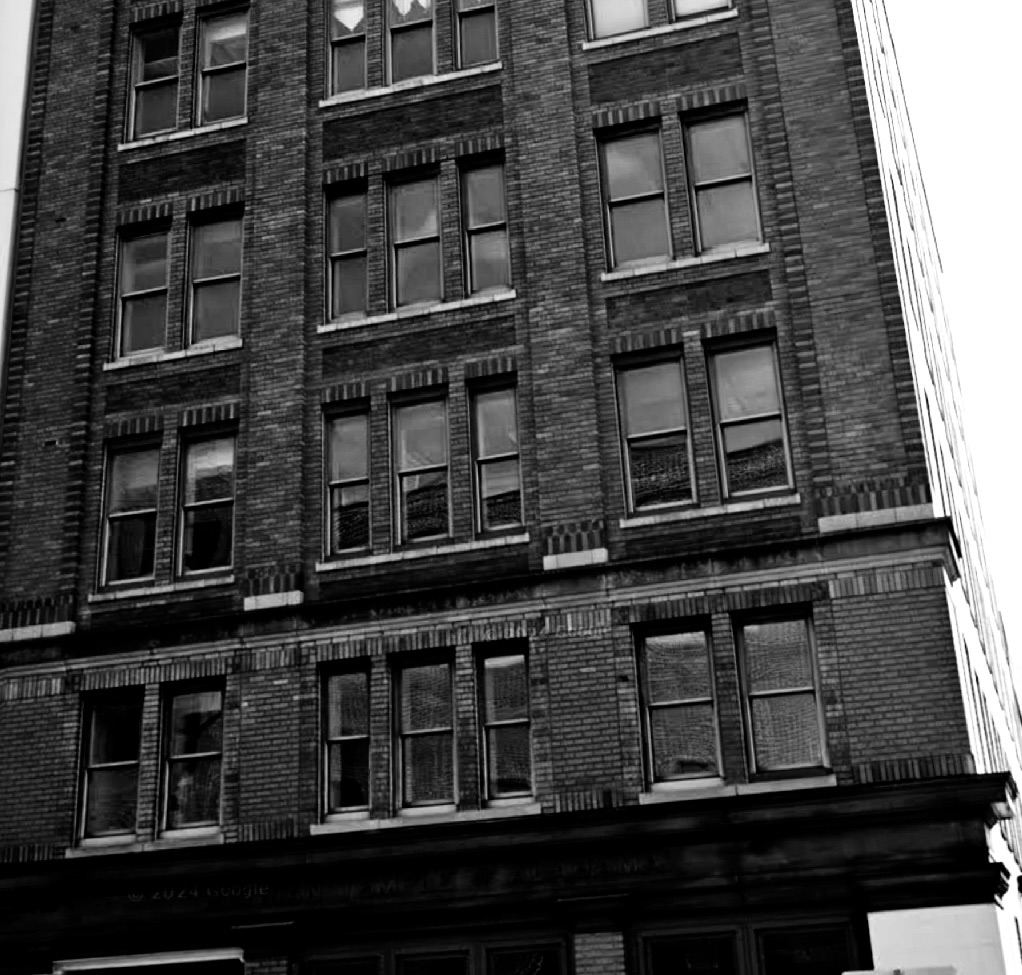Well now, if you’re ever wandering down Birmingham’s Fourth Avenue, you might stumble across a six-story brick-and-mortar monolith with a face so stern it looks like it’s been watching the world spin since Moses was a boy. That’s the old Penny Savings Bank building—or as folks call it now, the Pythian Temple. But oh, if those walls could talk, they’d spin a yarn as long as the Mississippi, and just as winding.
You see, back in 1890, Reverend William R. Pettiford—a man with a voice like a thunderclap and a heart big enough to hold all of Alabama—got it in his head that his people needed a bank of their own. And not just any bank, mind you. This was a place where the nickels of freedmen and the dimes of laundresses could grow into something mighty, like a magnolia tree out of stubborn clay. Pettiford called it the Alabama Penny Savings Bank, because even a penny has dreams.
For years, the bank thrived. Pettiford was the captain of that ship, steering it through the storms of Reconstruction, the Panic of 1893, and the constant headwinds of Jim Crow. Folks said he had a magic touch—some swore that the pennies and nickels whispered secrets to him late at night, telling him where to invest them.
Now, when the bank moved into its grand new building in 1913, the whole town turned out to marvel. Designed by Wallace Rayfield, a Black architect whose genius was as bright as a summer sky, the building had six stories of promise and possibility. But here’s where the story takes a curious turn.
The construction workers, it’s said, placed a special box in the cornerstone. They filled it with trinkets of hope: a penny for thrift, a tiny hammer for labor, a Bible verse for faith, and—curiously—a chess piece, a knight, for strategy. They sealed it up tight, and some say that’s when the building began to hum, not with machinery but with life.
They say Reverend Pettiford never really left that building, even after his passing in 1914. Oh, he doesn’t haunt it in the usual sense—no rattling chains or spooky moans. But if you listen closely in the dead of night, when the city’s asleep, you might hear the faint click of an adding machine or the scratch of a pen on paper. Some swear they’ve seen his shadow pacing the halls, muttering about interest rates and community loans.
And then there are the Pythian ghosts. After the bank’s untimely demise in 1915, the building passed into the hands of the Knights of Pythias, a fraternal order that loved a good secret as much as they loved a good suit. The Pythians were a lively bunch, hosting meetings, dances, and all manner of merrymaking. But some say their laughter lingers, especially during thunderstorms, when the lights flicker just so.
Now, here’s the kicker: every so often, a strange phenomenon occurs. Tourists and passersby report finding pennies on the building’s steps—shiny, new ones, as if minted yesterday. Some say it’s Pettiford’s way of reminding us of the power of small beginnings. Others think it’s the Pythians, playing pranks from the great beyond.
Whatever the case, the old Penny Savings Bank building stands as a testament to resilience, ambition, and a bit of ghostly mischief. So tip your hat to it as you pass by, and maybe, just maybe, leave a penny behind. Who knows? It might just whisper a secret to the next dreamer.

